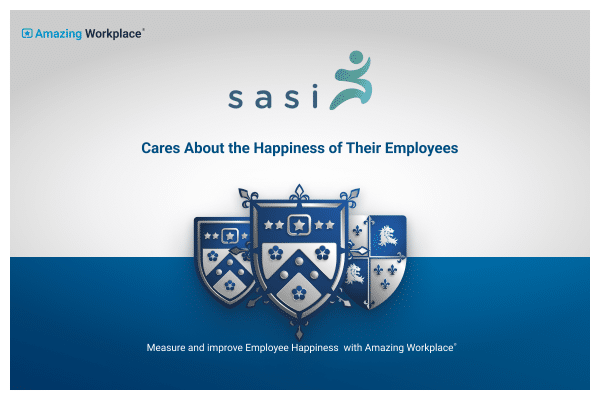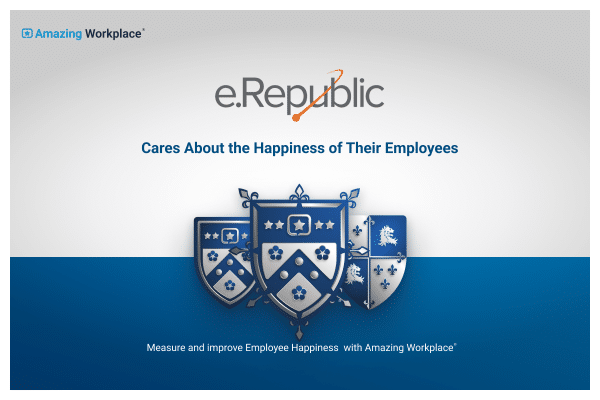The Happiness Advantage: Why Positive Emotions Drive Workplace Success
The Happiness Advantage reframes how organizations should think about leadership, performance management, and employee experience.

For decades, conventional corporate wisdom has told us that success leads to happiness. Hit your targets, climb the ladder, achieve more, and then you’ll be happy. But groundbreaking research from Harvard psychologist Shawn Achor turns this idea upside down. His studies show that happiness isn’t the result of success—happiness is the cause of it.[1] This “Happiness Advantage” reframes how organizations should think about leadership, performance management, and employee experience.
Positive Emotions Precede High Performance
Achor’s research, conducted at Harvard and expanded through global studies, found that when people are in a positive state, we are more engaged, creative, resilient, and productive. Positive emotions prepare us for higher performance across many business outcomes, from sales and profitability to customer satisfaction and retention.
In one portion of Achor’s study, doctors who were primed to be happy diagnosed patients nearly 20% faster and more accurately than their peers. Similar effects were found across managers, salespeople, and students: those experiencing positive emotions consistently outperformed those in neutral or stressed states.
Why This Reframing Matters for Leadership
Most leadership strategies and performance management systems are designed to push employees toward outcomes—revenue targets, productivity metrics, quarterly KPIs. While these goals are necessary, a total focus on results can unintentionally create cultures of stress, disengagement, and burnout, creating cultures where people aren’t happy.
The “Happiness Advantage” suggests a different starting point: create the conditions for happiness first, and watch performance rise as a natural consequence. Leaders who prioritize well-being, recognition, meaning, and connection give their teams fuel to win big.
Here are just a few practical ways leaders can apply this insight:
- Celebrating small wins regularly, not just big ones
- Encouraging breaks, movement, and laughter to boost energy
- Recognizing people genuinely and often
- Building cultures of trust and psychological safety where employees can bring their whole selves to work
These aren’t cute, “nice-to-have” measures. They are proven drivers of performance backed by data.
Linking Happiness to Measurable Outcomes
Multiple studies have reinforced Achor’s findings. For example, research from Oxford University and BT found that happy workers are 13% more productive in real workplace conditions.[2] Other studies show that positive team climates predict better collaboration, higher retention, and greater resilience during times of change.[3]
Happiness acts as a force multiplier. When employees feel good, they think more clearly, cooperate more effectively, solve problems faster, and are less likely to leave. Over time, this creates a compounding advantage for organizations that prioritize well-being; not as an afterthought, but as a core strategic pillar.
How Amazing Workplace Helps Companies Harness the Happiness Advantage
At Amazing Workplace, we help organizations turn these principles into action. Through our surveys, culture insights, and leadership programs, we help companies understand the emotional landscape of their workforce, identify areas that need attention, and build workplaces where people feel happy, connected, and motivated.
By focusing on employee happiness early and consistently, companies do more than just create a better place to work—they build a high-performance engine rooted in trust, cooperation, and positivity.
[1] Achor, Shawn. “Positive Intelligence.” Harvard Business Review, Jan. 2012. Web.
[2] De Neve, Jan-Emmanuel, George Ward, and Clement Bellet. “Happy Workers Are 13% More Productive.” University of Oxford News, 24 Oct. 2019. Web.
[3] Green, J., et al. “The Impact of Positive Reinforcement on Teamwork Climate.” PMC — National Center for Biotechnology Information, U.S. National Library of Medicine, 2022. Web.


